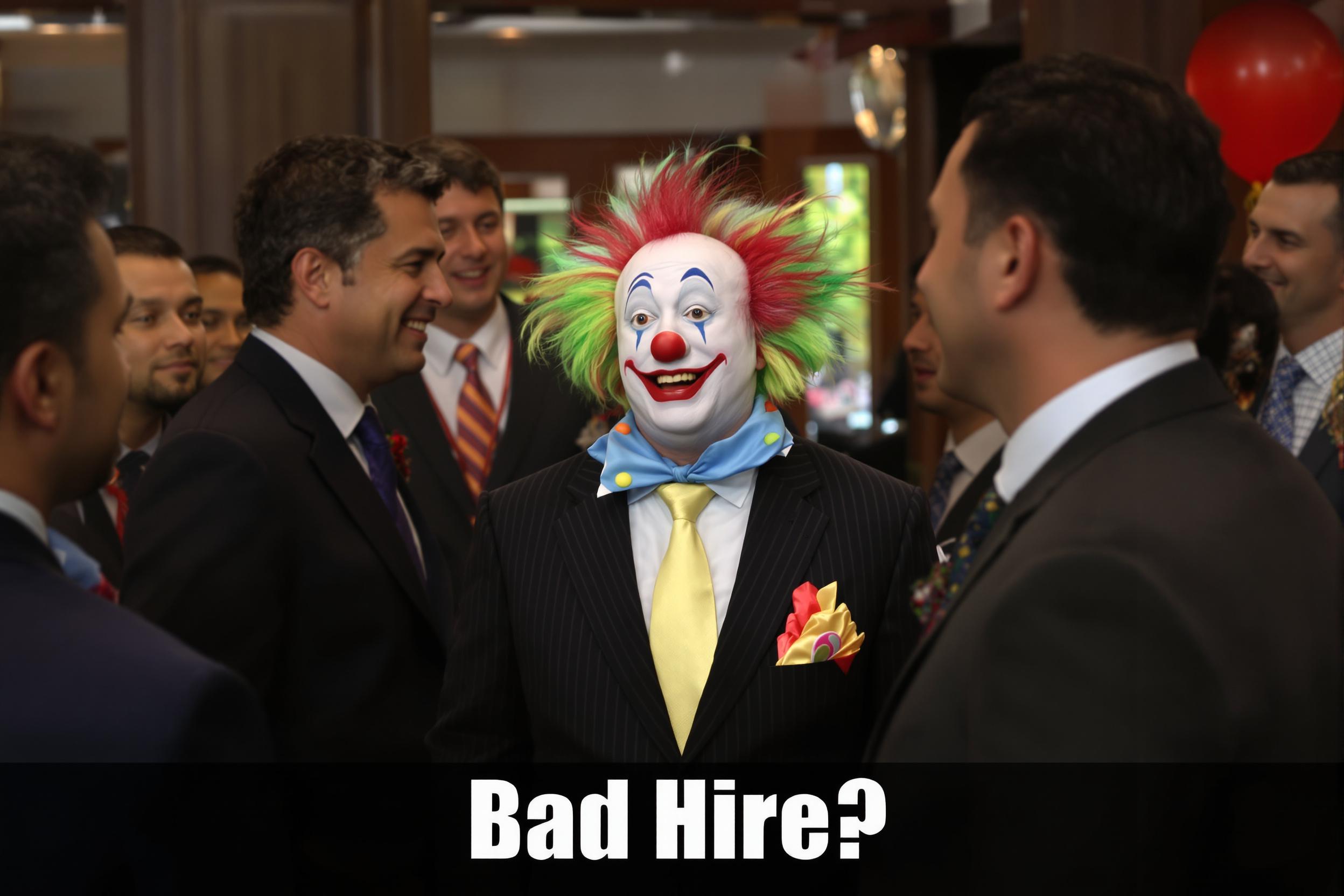
Conventional Fixtures
Conventional Fixtures are traditional stage lighting equipment that doesn't include computerized or moving parts. These are the standard, non-automated lights used in theaters, venues, and event spaces. Unlike modern automated lights, these fixtures need to be adjusted manually for direction and color. They're often called 'traditional fixtures' or 'conventional lights' and are still widely used because they're reliable, cost-effective, and perfect for creating basic stage lighting. While newer technology exists, these fixtures remain a fundamental part of most lighting setups because of their simplicity and dependability.
Examples in Resumes
Managed inventory of 200+ Conventional Fixtures and Traditional Fixtures for a mid-size theater
Designed lighting plots using Conventional Fixtures for university productions
Maintained and repaired Conventional Fixtures and Traditional Lighting equipment
Typical job title: "Lighting Technicians"
Also try searching for:
Where to Find Lighting Technicians
Professional Organizations
Online Communities
Job Resources
Example Interview Questions
Senior Level Questions
Q: How do you plan and manage a lighting inventory for a large venue?
Expected Answer: A senior technician should discuss budget management, maintenance schedules, equipment life cycles, and strategies for balancing conventional and automated fixtures based on venue needs.
Q: How would you train a junior technician on conventional fixture maintenance?
Expected Answer: Should demonstrate teaching experience and knowledge of safety protocols, basic electrical concepts, common maintenance issues, and proper handling procedures.
Mid Level Questions
Q: What factors do you consider when choosing between conventional and automated fixtures for a show?
Expected Answer: Should discuss budget constraints, show requirements, venue limitations, maintenance capabilities, and the advantages/disadvantages of each type.
Q: Explain your process for troubleshooting a malfunctioning conventional fixture.
Expected Answer: Should outline systematic approach to identifying problems, from checking power and connections to inspecting internal components, while maintaining safety protocols.
Junior Level Questions
Q: What are the basic types of conventional fixtures and their uses?
Expected Answer: Should be able to identify main types like Fresnels, PARs, and ellipsoidals, and describe their basic functions in stage lighting.
Q: What safety precautions do you take when handling conventional fixtures?
Expected Answer: Should mention basic safety practices like waiting for fixtures to cool, proper lifting techniques, and electrical safety awareness.
Experience Level Indicators
Junior (0-2 years)
- Basic fixture handling and setup
- Understanding of different fixture types
- Basic maintenance and cleaning
- Safety awareness
Mid (2-5 years)
- Advanced troubleshooting
- Fixture repair and maintenance
- Light plot reading and implementation
- Equipment inventory management
Senior (5+ years)
- System design and planning
- Budget management
- Team supervision
- Advanced technical problem-solving
Red Flags to Watch For
- No hands-on experience with basic lighting equipment
- Lack of safety awareness
- Unable to identify basic fixture types
- No experience with manual focusing and adjustment
- Poor understanding of basic electrical concepts
Related Terms
Need more hiring wisdom? Check these out...

Culture Add vs Culture Fit in Hiring: Why It May Be Time to Rethink Your Approach

From Farewells to Future Allies: Transforming Exit Interviews into Lifelong Connections

Rewiring Your Interview Templates for Better Candidate Experience

